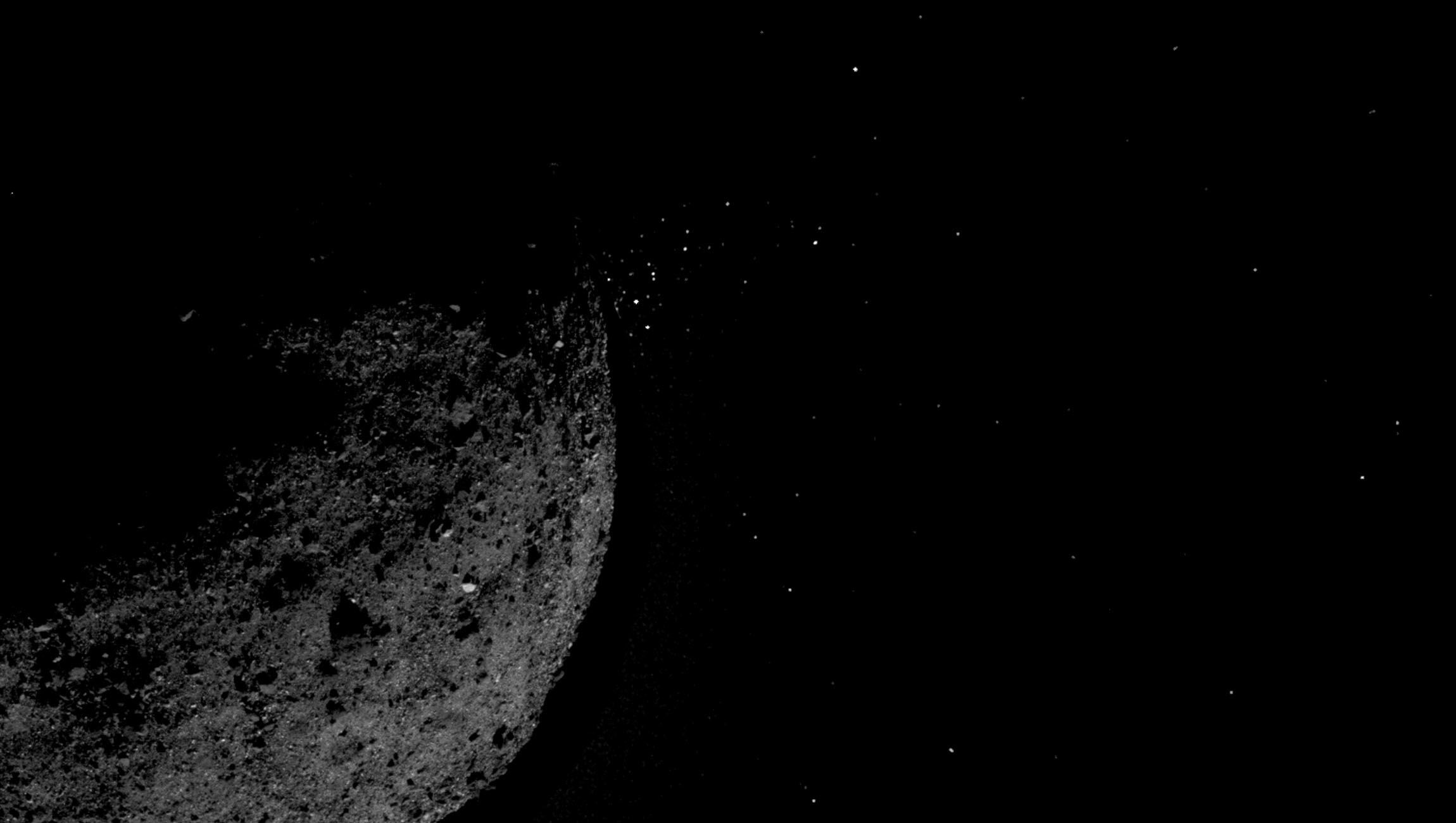Create a free profile to get unlimited access to exclusive videos, sweepstakes, and more!
NASA just put $19 million towards finding killer asteroids

When NASA makes an investment, you know that whatever it is has to be something of galactic proportions.
The Arecibo Observatory in Puerto Rico is now one of those investments. Our space agency just gave $19 million to the University of Central Florida (which manages the observatory site for the National Science Foundation) for Arecibo to keep leveling up its asteroid patrol. Arecibo has some of the most hypersensitive planetary radar on Earth, and NASA wants that radar in its arsenal of instruments meant to keep rogue cosmic objects from smashing into us.
We’re already figuring out how to deflect asteroids, but if anyone is going to detect potentially dangerous NEOs (Near-Earth Objects) to take such action, it's the Arecibo Planetary Radar Group. They'll be spending up to 800 hours a year analyzing these objects, thanks in part to NASA funding.
“Our radar astrometry and characterization are critical for identifying objects that are truly hazardous to Earth and for the planning of mitigation efforts,” said Anne Virkki, the planetary radar program’s principal investigator.
Observations made at Arecibo could help NASA determine which NEOs may end up doing a face plant in our planet if they go unchecked — and what to do about them. Its William E. Gordon telescope is equipped with an S-band planetary radar system that is the most sensitive ever.
Arecibo has been zeroing in on suspicious NEOs since the mid-‘90s, with 60-120 objects analyzed each year. The observatory’s significance shot up after Congress made the identification of these objects a priority in 2005, when it made NASA responsible for finding out what things floating around in space could be dangerous. It was then that NASA decided to take preventative measures by requiring 90% of NEOs over 140 meters to be characterized by 2020.
While killer asteroids are a priority, they aren’t the only thing Arecibo is hunting. NASA can use its observations to decide on future scientific mission, which is how the OSIRIS-REx mission that studies Bennu (above) became a reality. It was data from Arecibo that convinced NASA that mission was worth backing. Some asteroids are also much trickier to land on than others, which explains why there was so much anxiety surrounding JAXA’s Hayabusa-2 mission to Ryugu, and how specific observations can tell space agencies where to go next.
The NASA grant will also give the observatory an assist with maintenance, operations, and system upgrades as the team sheds light on both threats and science opportunities.
“Arecibo plays an important role in discovery and advancing our knowledge of our solar system and our universe,” said facility director Francisco Cordova. “We also play a critical role in helping to protect our planet through providing knowledge and unique expertise. It’s part of our mission and one of the reasons we are so passionate about our work.”
(via University of Central Florida)


























